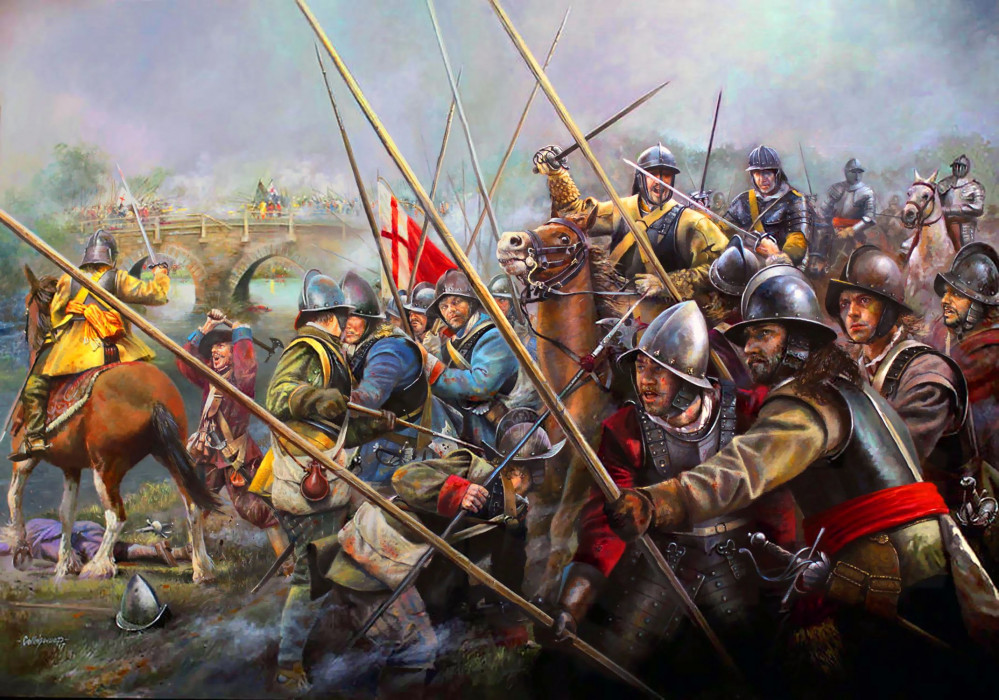
Delving into the English Civil War
Timeline of Sir John Gell's Campaign in Derbyshire
Introduction
Sir John Gell of Hopton, Derbyshire controlled Parliamentarian forces in Derbyshire. He also assisted in many skirmishes in Staffordshire and other Midland counties during the English Civil War. He was made a baronet in January 1642, and Gell headed the County Committee that controlled Parliamentarian forces in Derbyshire. He was known to be a ruthless commander, and used his position during the war to exact his revenge against those he had grudges and feuds with prior to the war starting.
1642
John Gell received a commission from the Earl of Essex on the 27th August, to raise a regiment of foot. Gell and his brother went to Hull where they were given a company of grey-coated London volunteers, which would form the nucleus of a Derby regiment.
Gell and his company left Hull on the 17th October; he managed to raise a further 200 at Chesterfield. When he reached Wirksworth he managed to scatter a Royalist forage party under the command of Sir Francis Whortley.
31 October 1642 – Derby
After the indecisive battle at Edgehill on the 23rd October, Gell swiftly descended on Derby. He entered unopposed and set about creating a garrison, where he recruited further men locally. He was also reinforced with a troop of horse under the command of George Gressley from Drakelow and on the 5th of November Charles White arrived with a troop of Dragoons from Nottinghamshire.
On the 10th November 1642 Sir Francis Whortley appeared in Dale, Gell sent a company of muskets. Whortley promptly fled the field and left the county. At the same time as this incident the following commissions were given out;
Thomas Gell – Lt Colonel
Johannes Molanus – (Dutchman) Major
Cornelius Vermuyden – Captain (later became Sir)
John Mundy – Captain
Thomas Sanders – Captain
George Gressley – Captain of the horse troop.
Charles White – Captain of the Dragoons
Major Molanus returned from Coventry with 2 sakers and a supply of ammunition on the November 30th 1642, (a possible ambush scenario).
Siege of Bretby House – December 1642
Bretbey House was the seat of Philip Stanhope, 1st Earl of Chesterfield. The house had been garrisoned in the name of the King with 40 Musketeers, 80 Horse and 7 drakes.
Major Molanus was forced to storm the house with 400 foot after the sakers proved incapable of making a breach; Stanhope fled the field to Litchfield. Molanus captured the 7 drakes and the house was savagely sacked and plundered by the troops. The reason for this sacking and plunder was that Gell and Stanhope had a bitter feud before the war.
Shortly after the siege Captain White left the Derby forces to help raise a regiment and garrison the castle at Nottingham with Colonel Pierrepont. Daniel Watson took his place as Captain of the Dragoons.
Swarkestone Skirmish – 5Th January 1642
The Swarkestone Bridge over the river Trent provided a valuable line of defence and communication, thus Royalist Commander Henry Hastings garrisoned the house of Sir John Harpur at Swarkestone with a regiment of Royalists (numbering around 700), as well as fortifying the bridge.
Gell speedily organised an attack with the whole regiment and the horse (approximately 700-850), plus 2 sakers on the house and the bridge. Gell’s forces suffered one wounded soldier, whilst killing 8 royalists and wounding several. The barricades on the bridge were dismantled and part of the bridge was demolished. This impeded Gell’s movements into Leicestershire and Staffordshire, but it also hindered the movements of the Royalist approach into Derby and Derbyshire.
In March 1643, he successfully took over command at the siege of Lichfield after the death of Lord Brooke, and then collaborated with Sir William Brereton to defeat the Earl of Northampton at the battle of Hopton Heath. At the battle of Hopton Heath the Earl of Northampton was killed. When the Earl’s son refused to return the artillery captured at Hopton Heath or the money Gell had paid to embalm the body, the corpse was paraded through the streets of Derby before its burial at All Hallows Church. Gell was appointed governor of Derby in 1643
He was involved in the siege and subsequent capture of Lichfield in 1643. He owned lead mines in the High Peak area and served as High Sheriff of Derbyshire in 1635. It is believed under his orders; a troop of Sir John’s men went to arrest Christopher Fulwood at Middleton (Fulwood) Castle. In the process Christopher tried to escape but was shot and fatally wounded.
Whigfield Manor Siege – July 1644
In July 1644, Sir John Gell and his forces were besieging Wingfield Manor, which is close to the village of Wingfield and perched high on a hilltop. It is still surrounded by open fields and for the enthusiast, it is still possible to stand in the position of John Gell’s guns and see the Manor they fired on.
On the 21st July 1664, the Royalist Commander, one Colonel Roger Molyneux of Hasland Hall reported the guns of Gell were ineffective. On the 14th August, from the gates of Wingfield Park they blasted a way through the wall. The forces were allowed to leave the fortress.
The longest and most telling siege of the English Civil War had ended
His troops were notorious for plundering and Gell himself was suspected of planning to join the King just before Naseby. Gell’s loyalty came under suspicion when he failed to obey an order to bring his troops from the Midlands to join Fairfax on the Naseby campaign in 1645. At the siege of Tutbury Castle in 1646, he offered the Royalist defenders his own favorable terms for surrender in opposition to those offered by his fellow commander Brereton.
In 1648, Gell attempted to secure a pardon from Charles I during his imprisonment at Carisbrooke Castle by offering to lend him £900 in gold.In 1650 he was found guilty of plotting against the Commonwealth and imprisoned. He was released in 1652 and took no further part in public life. At the Restoration, Charles II pardoned him for his role in the civil war and granted him a position at court, where he remained until his death in October 1671.















































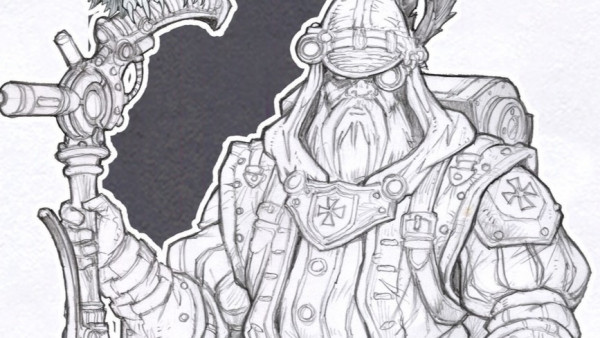
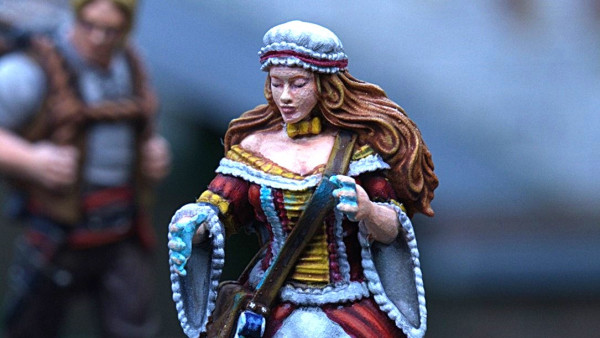
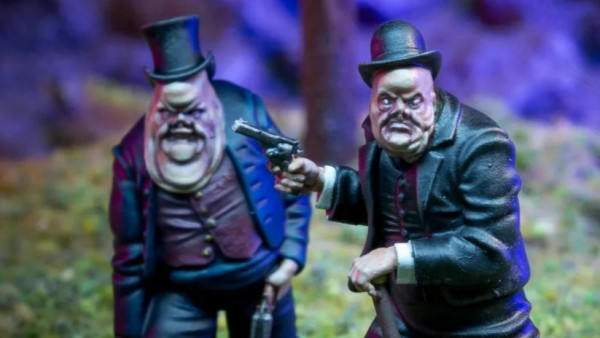



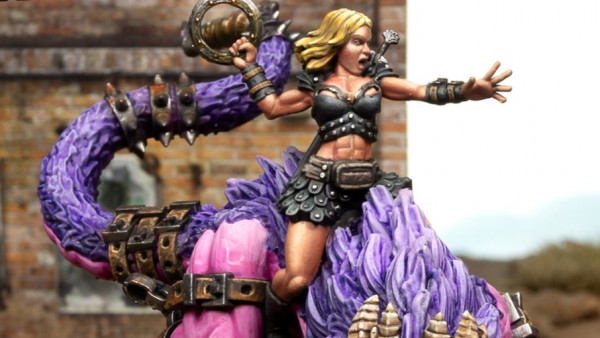
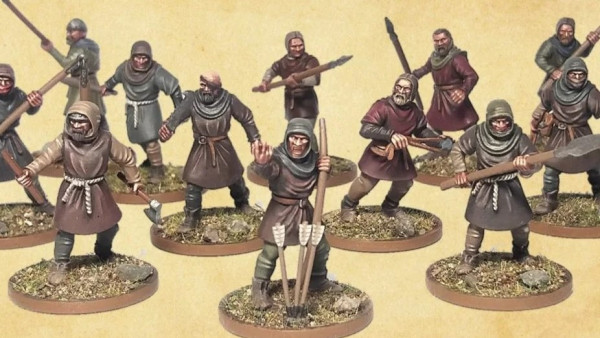




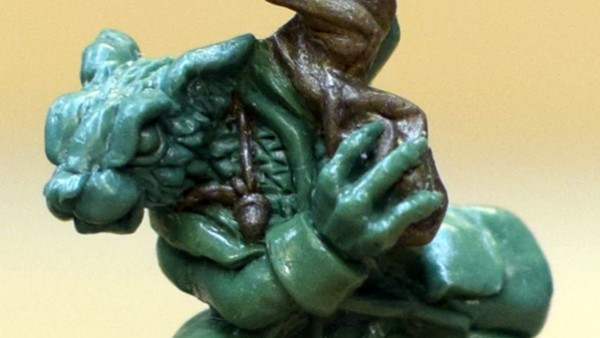


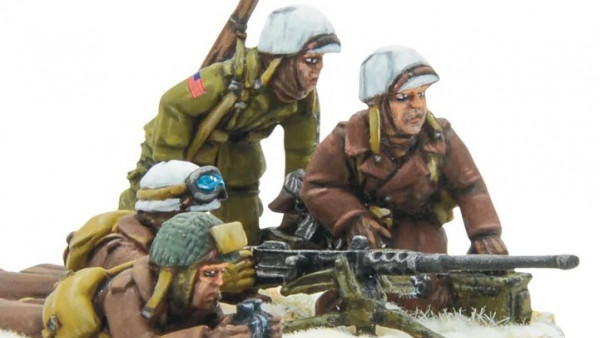
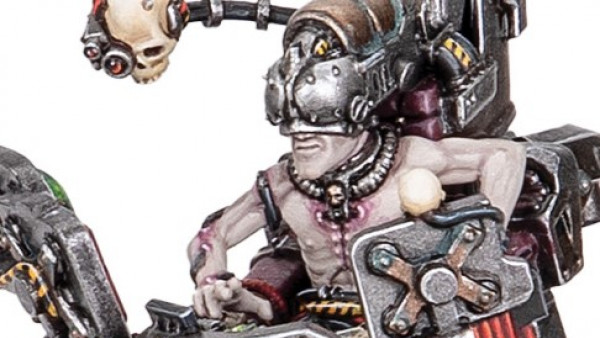


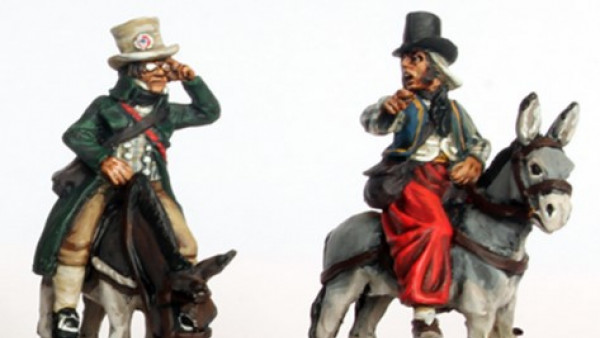
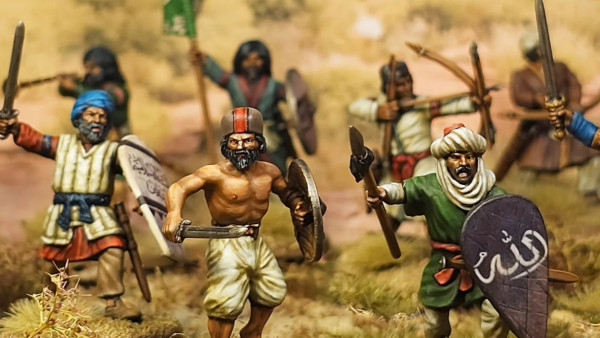

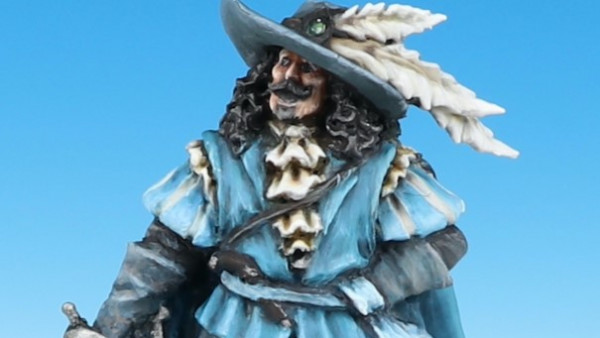
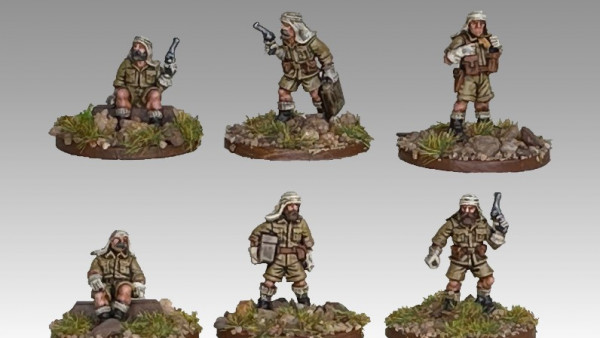
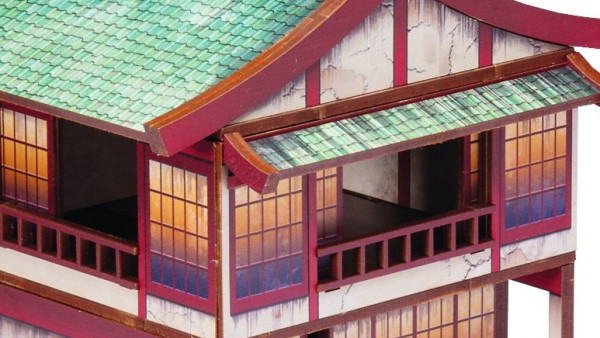


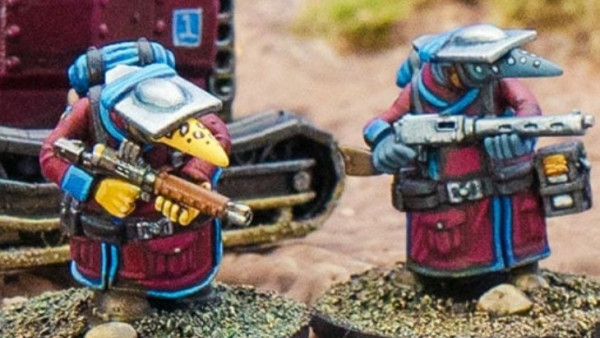
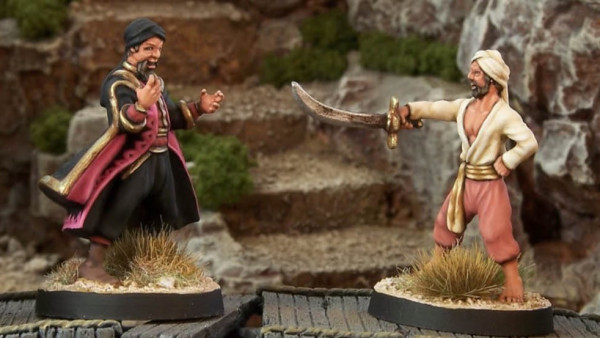



You cannot underestimate how much I’m screaming in excitement over this! As a Derbyshire lad myself (top end, better end hehe), the exploits of John Gell and his regiment have long been of interest and it’s only been my wallet that’s been stopping me from diving into the ECW. Going to be following all this closely!
I’m with bigdave on this your giving us a fantastic project here and enjoying it immensely. Kudos on the 1/72 scale as well that’s how I started out and they have some lovely detail as well as being packed with detail. A overlooked source I think. Will be following and looking forward to future posts ???
I’m doing some research tomorrow around Sir John Brighte and Sheffield tomorrow. I hope to have this up online this week. I’ll also be doing an unboxing of my first box of Parliamentary infantry troops this week as well.
I love the historical research and attention to detail being put into this project @warhammergrimace!
Cheers, I like the research aspect of historical gaming as well as the painting and gaming. It’s what draws me to historical gaming more these days.